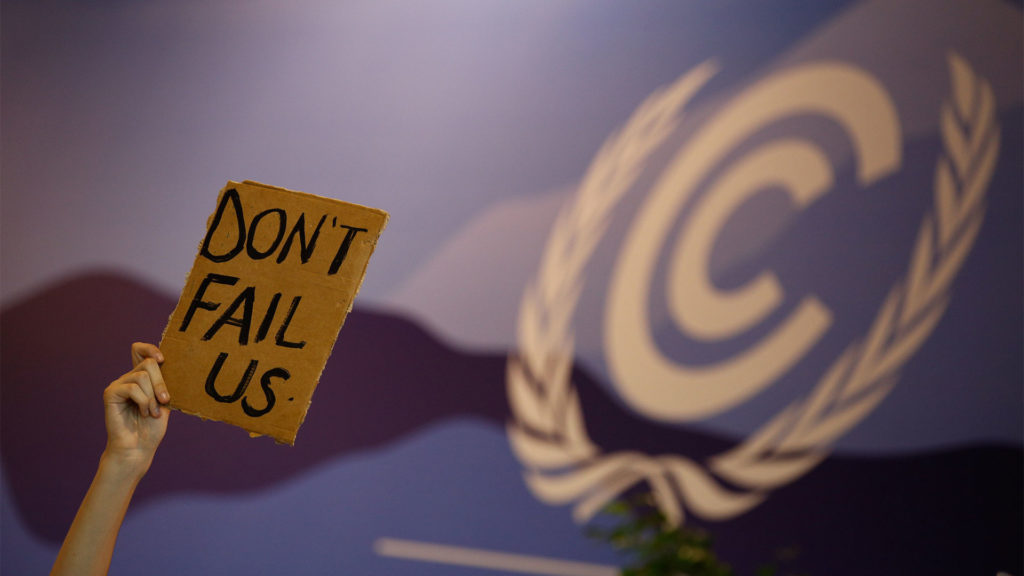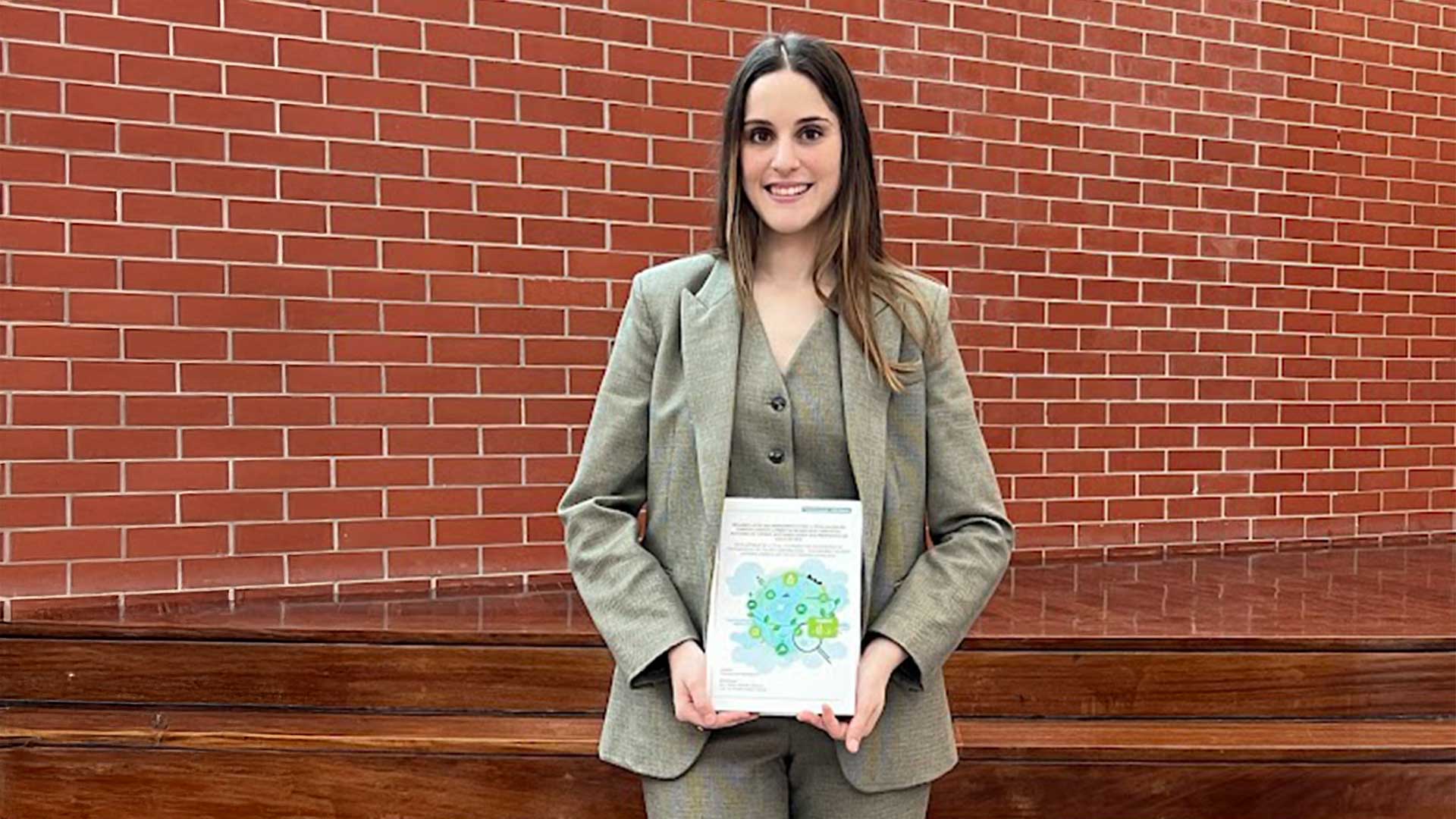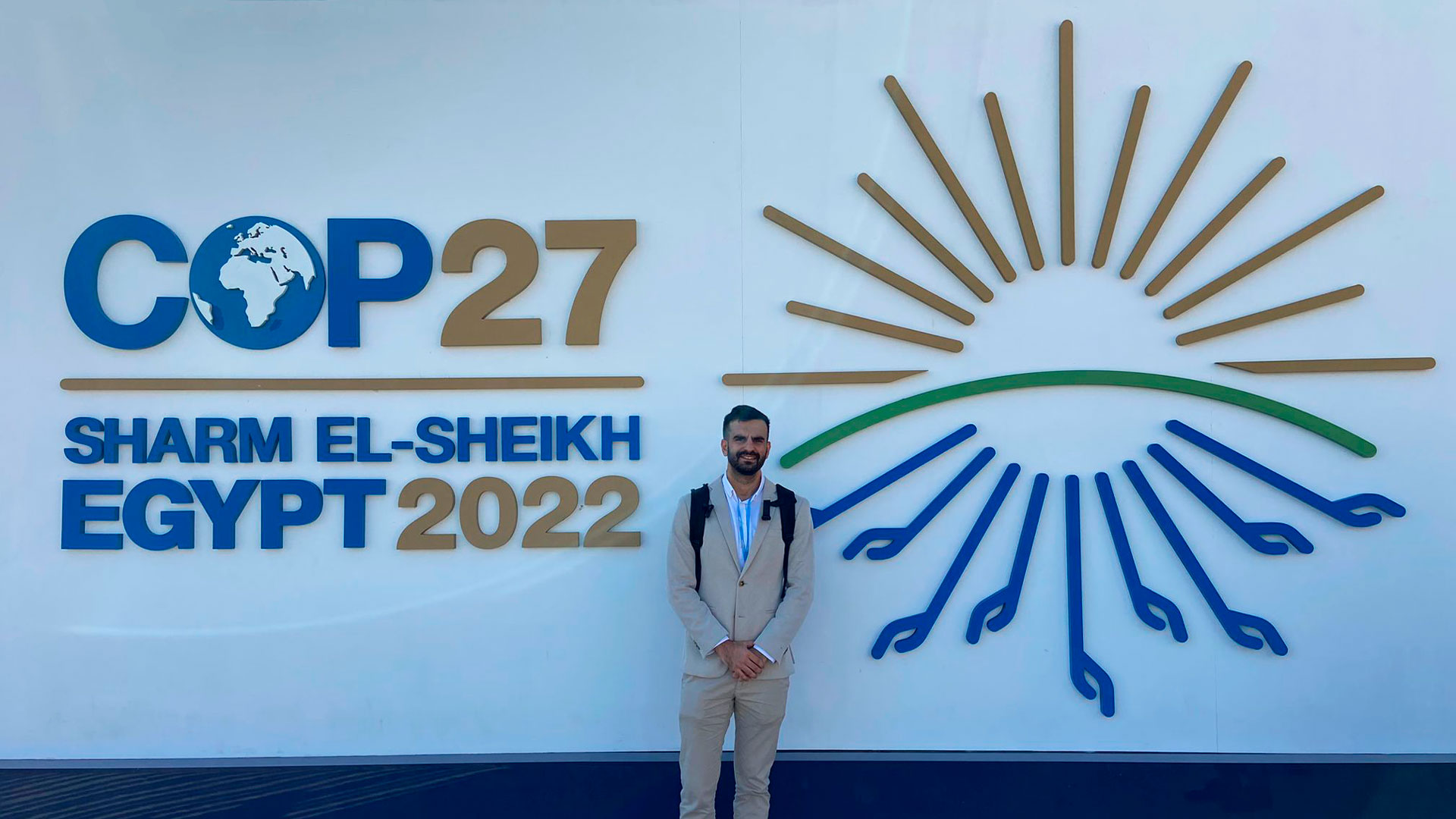Sergi Arfelis Espinosa, researcher at the UNESCO Chair in Life Cycle and Climate Change of ESCI-UPF, attended COP27. In this second article, he shares his thoughts about the results and decisions made in Sharm El Sheikh.
The Intergovernmental Panel on Climate Change (IPCC), the world’s main scientific authority on climate change, has declared that the globe is currently in an extremely hazardous situation. The 2022 Provisional State Of The Global Climate report, released by the UN World Meteorological Organization, showed that the last eight years have been the warmest on record, fuelled by ever-rising greenhouse gas concentrations. Climate change is neither new nor unknown, it is something that is already happening and every tiny delay in taking appropriate mitigation and adaptation action brings us closer to irreversible damage to the climate and its ability to satisfy human needs.
Delegates from approximately 200 countries kicked off the Conference of Parties 27 (COP27) on 6th November in Sharm El Sheikh (Egypt). World leaders, ministers, and negotiators gathered to discuss how to cooperatively combat climate change and its consequences. Civil society, corporations, foreign organizations, and the media observed proceedings to add transparency and additional viewpoints to the process.
In the inauguration ceremony, the president of Egypt, Abdel Fattah El-Sisi, and the United Nation Secretary-General António Guterres stressed the global importance of this summit. They asked for concrete measures that have an impact on the ground and developing countries to be considered by the developed countries. That is to say: implementation (of the ambition shown in Glasgow and the Paris Agreement) and climate justice (compensating the least polluting countries for the global warming consequences provoked by the most polluting countries).
Activists and the group of the 77-negotiating bloc, which comprises developing countries, wanted a firm pledge to create a loss and damage mechanism to compensate countries with little to no responsibility for the climate crisis or the attendant consequences sparked by climate disasters, some argued that developed countries focus on loans rather than grants. In addition, Madeleine Diouf Sarr, Head of the Climate Change Division in Senegal’s Ministry of Environment and Sustainable Development, reminded that in COP26 the developing countries already proposed a Loss and Damage financing fund which was refused.
For sure, COP27 was meant to be a shift from words to actions. But this could be a double-edged sword. On the one hand, the need for action suggested that something big could indeed happen at this COP. On the other hand, the uncertainty generated by the Russia-Ukraine issue and the energy and materials crises created a climate of uncertainty that suggested that the negotiations would be complicated.
Although it falls far short of the billions of EUR that vulnerable countries request to cope with escalating droughts, floods, and rising seas each year, governments that have finally joined to pledge loss and damage finance are the following:
- Germany – 170 M EUR
- Austria – 50 M EUR
- Canada – 24 M CAD (17.35 M EUR)
- Denmark – 100 M DKK (13.44 M EUR)
- New Zealand – 20 M NZD (11.82 M EUR)
- Ireland – 10 M EUR
- Scotland – 5 M GBP (5.70 M EUR)
- Belgium – 2.5 M EUR
On Saturday 12, negotiators delivered the first round of statements and held bilateral meetings with the COP Presidency about what they think should be included in the outcome document of the conference. The document was supposed to be essential to keep the commitments made in Glasgow without taking any step backwards.
However, at the end of the first week, there emerged some concerns that parties could suggest watering down the 1.5°C limit during the negotiations. We mean business coalition, as business and civil society leaders, and representatives of science and communities worldwide even drafted a letter to emphasize the importance of keeping global temperature rise to below 1.5°C. They highlighted that already nowadays, at a 1.2°C of temperature rise, we are seeing the consequences of global warming.
The Youth Climate Movement demanded to raise ambition and promote sustainable development, including independent grievance mechanism processes under Articles 6.2 and 6.4, interoperable market infrastructure that guarantees transparency and integrity, and strong definitions in line with science and the 1.5°C limitation.
The countries provided their points of view for the final text (17th November). On the one hand, Japan, Ghana, Mexico, Colombia, Australia, Bangladesh, the United States, the United Kingdom, and the European Union specifically stressed the key importance of 1.5°C. On the other hand, Russia was OK with the 2°C reference.
Most of the countries –Norway, Colombia, Australia, Barbados and the Alliance of Small Island States (AOSIS), the United States and the United Kingdom– specifically demanded global emissions peaking by 2025. In addition, developing countries such as Ghana, Mexico, AOSIS or Bangladesh insisted on the loss and damage fund. Finally, Canada proposed an interesting opinion, calling for the need of a dynamic contributor base, and not a static one based on 1992 conditions.
On the 18th, a 10 pages draft decision text was out but still, as of Friday, there was much to be agreed upon. On the 19th, three more key texts dropped at the same time proposed by the Presidency in order to ram this through. Even though, they were remarkably similar to the previous iterations that landed badly with many parties and barely took the talks forward.
No fossil phase down listed in the text, low stress at 1.5°C limit, reduced language on the role of renewables and little progress compared to Glasgow in general. In addition, the loss and damage text was crossing the red lines repeatedly expressed by the European Union and the United States, which insisted that, despite being considered developing countries, states such as Qatar, Saudi Arabia, or China, with high emission shares and economic capacity, should be on the side of those who pay and not the other way around.
On the morning of the 20th, the summit ended on a bittersweet note. On the one hand, although the wording is not very specific and there will be a lot of work to be done at the next COPs to finalize the terms, «COP27 has opened a new chapter on financing loss and damage and has kept alive the goal of 1.5°C» as Ursula von der Leyen said in her statement. On the other hand, it was missed that, despite the efforts of more than 80 parties, more was not achieved in terms of mitigation or in fixing the peak of fossil fuels in 2025.





Leave a message